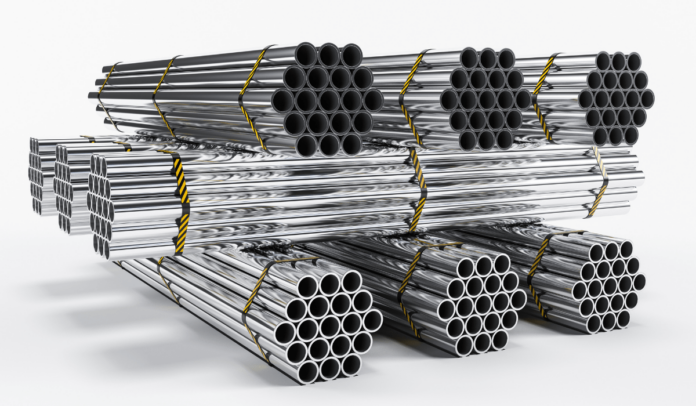Pakistan’s long-steel sector is set to recover gradually starting from FY26, driven by government support measures, federal spending on infrastructure, reduced raw material duties, and reconstruction demand following the recent floods.
The sector has been under pressure in recent years due to weak demand, high energy and financing costs, and broader macroeconomic challenges. Despite these difficulties, analysts foresee a rebound, citing favorable policy changes, better construction prospects, and efforts to rationalize costs.
However, the recovery is expected to be fueled by domestic demand rather than exports or enhanced efficiency, potentially putting further strain on the country’s external account.
The federal budget for FY26 has brought some relief to long-steel manufacturers. Customs duties on key inputs such as steel scrap and semi-finished products have been reduced. The duty on steel scrap has been cut from 2% to 0%, while the duty on melting scrap is now set at 0%, down from 3%.
Additionally, customs duty on semi-finished products, such as billets, has been halved from 11% to 5%, making it more cost-effective for manufacturers to convert these materials into rebar.
The government has also introduced a Rs5 billion mark-up subsidy to stimulate construction, as well as tax credits for mortgage payments and incentives for low-cost housing projects. These measures are expected to drive housing demand, particularly among the middle class, which now constitutes about 50-60% of Pakistan’s population.
Additionally, the government has ended sales tax exemptions in FATA/PATA regions, with a gradual increase in sales tax from 10% in FY26 to 16% in FY29, leveling the playing field for documented suppliers.
The recent floods in Punjab and Sindh are expected to increase demand for construction materials, particularly steel. Unlike in FY23, when post-flood reconstruction failed to generate higher cement and steel volumes due to economic instability, analysts predict that the current fiscal support and macroeconomic stability will help drive stronger demand for long-steel products, especially rebar.
The National Public Sector Development Programme (PSDP) allocation for FY26 has been set at Rs4.2 trillion, with substantial resources earmarked for infrastructure projects. Analysts believe this, coupled with rehabilitation work in flood-affected areas, will further boost the demand for long-steel products.




